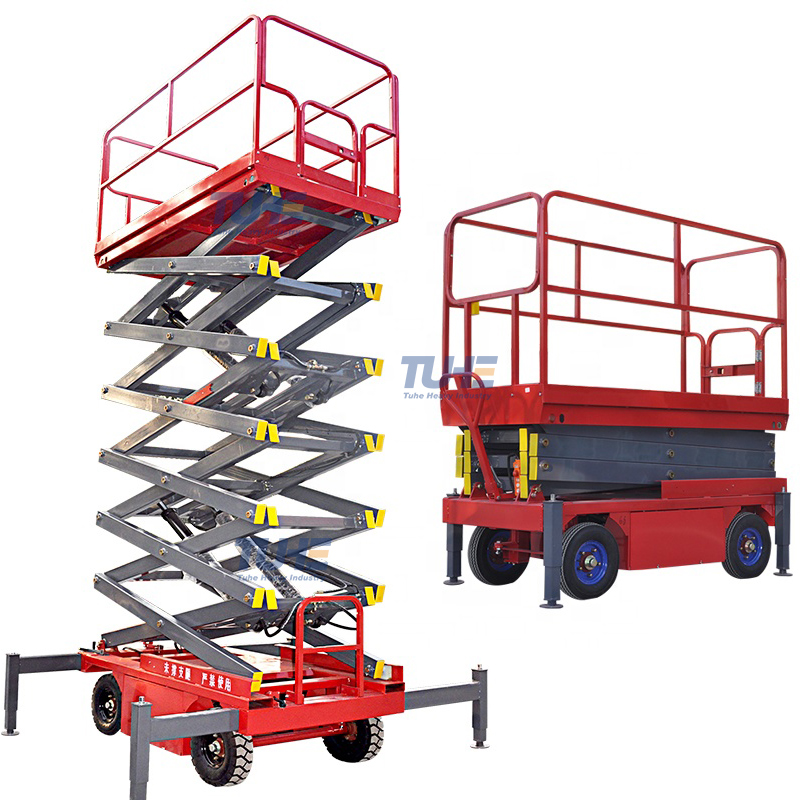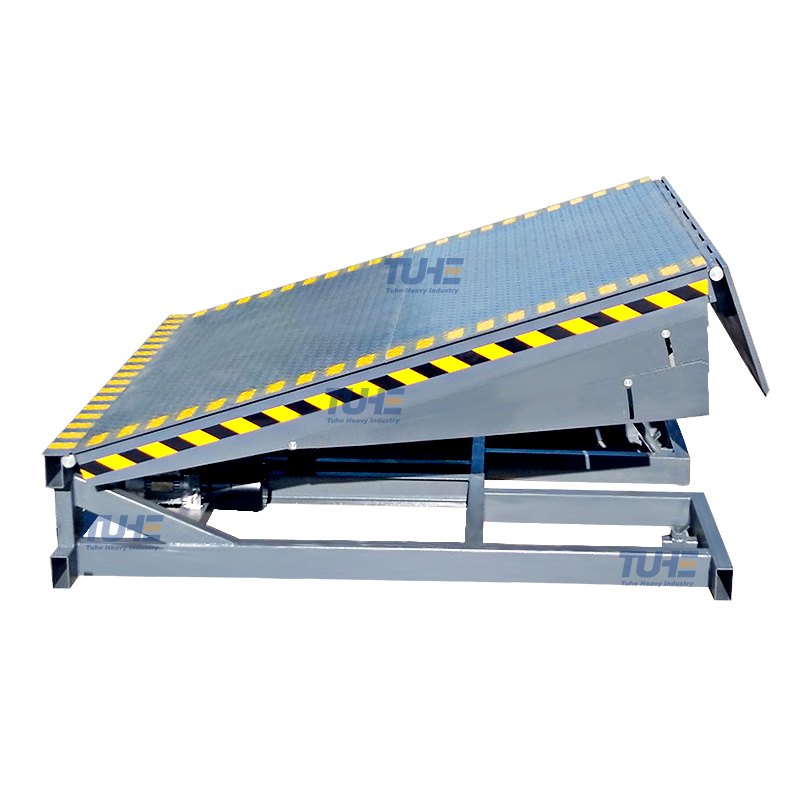The concept of residential elevators or home lifts dates back to the late 19th century when they were first introduced in luxury homes and mansions. These early home lifts were often large and expensive, making them inaccessible to the average homeowner. In recent years, advancements in technology and design have made home lifts more affordable, compact, and practical for residential use. Small home lifts have become increasingly popular as a convenient and space-saving solution for individuals with mobility issues or those who simply want to improve accessibility within their homes. Today, small home lifts come in a variety of styles and designs to suit different home layouts and aesthetic preferences. They are often equipped with safety features such as emergency stop buttons, battery backup systems, and sensors to prevent accidents. Overall, small home lifts have evolved to become a practical and efficient solution for improving accessibility and convenience in residential settings.
What are the suitable places for small home lifts?
Small lifts are suitable for various locations, including:
Residential buildings: Small lifts can be installed in residential buildings to provide easy access for residents, especially those with mobility issues or disabilities.
Offices: Small lifts can be installed in office buildings to provide convenient access between different floors for employees and visitors.
Schools: Small lifts can be installed in schools to provide access for students, teachers, and staff between different floors of the building.
Hospitals and healthcare facilities: Small lifts can be installed in hospitals and healthcare facilities to provide easy access for patients, visitors, and staff between different levels of the building.
Hotels: Small lifts can be installed in hotels to provide convenient access for guests between different floors of the building.
Restaurants: Small lifts can be installed in restaurants to provide access for customers and staff between different levels of the building.
Overall, small lifts are suitable for any location where there is a need for vertical transportation between different levels of a building.
Are there any restrictions on the installation space for small home lifts?
The cabin size of a small home elevator is usually unfixed, the recommended smallest cabin size is 700mm x 700mm. And, the standard load capacity of the home elevator is about 400KG. Home elevators are compact and space-saving, making them ideal for installation in residential environments with limited space. They can be installed in various locations within the house, such as stairwells, closets, or even in the middle of a room. The utilization rate of the installation space is high, because the design of home elevators can maximize the use of available space and can be customized according to specific dimensions and requirements, so home elevators have small requirements for installation space and environment, and the utilization rate of installation space is large. Home elevators are a practical and convenient choice. Even if your installation space is only 1000x1000mm, which can install the home elevator, and can make cabin size of 900x650mm.
What is the cost of small home lift?
The cost of a small home elevator can vary depending on the size of the house, the height of each floor, and the configuration and decoration of the elevator. On average, the cost of a small home elevator ranges from $4,000 to $15,000. If you want an accurate quote, please feel free to contact us and we will develop a detailed plan for you and more details of the elevator.
660.webp)
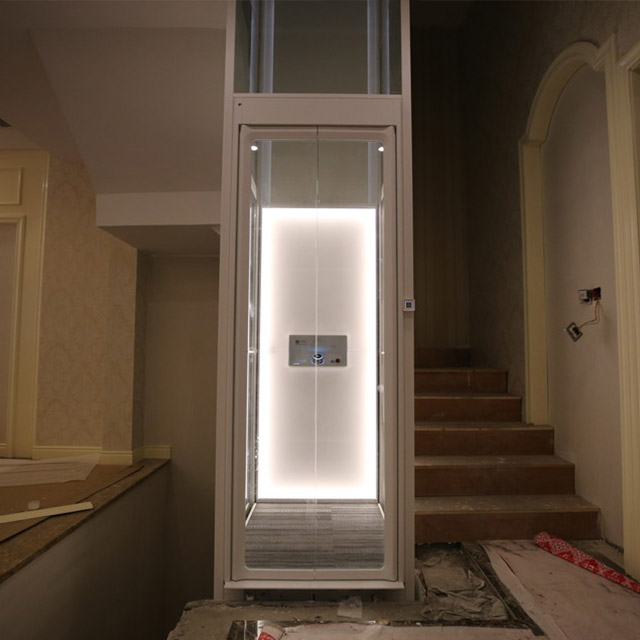
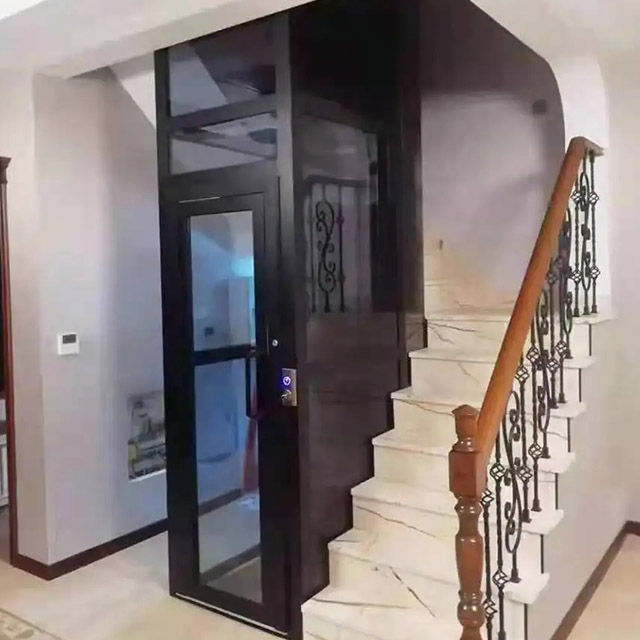
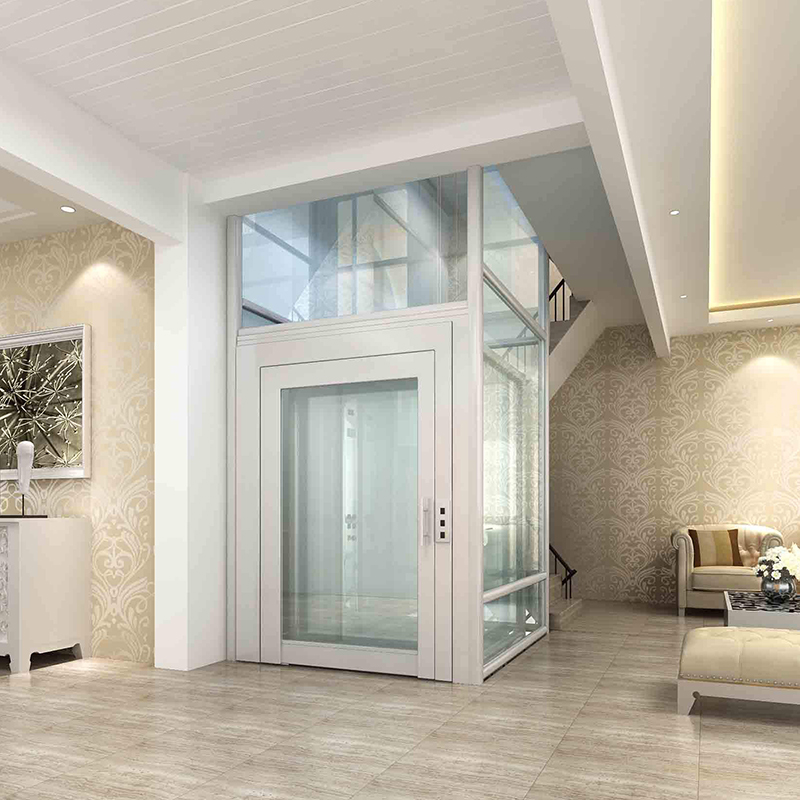
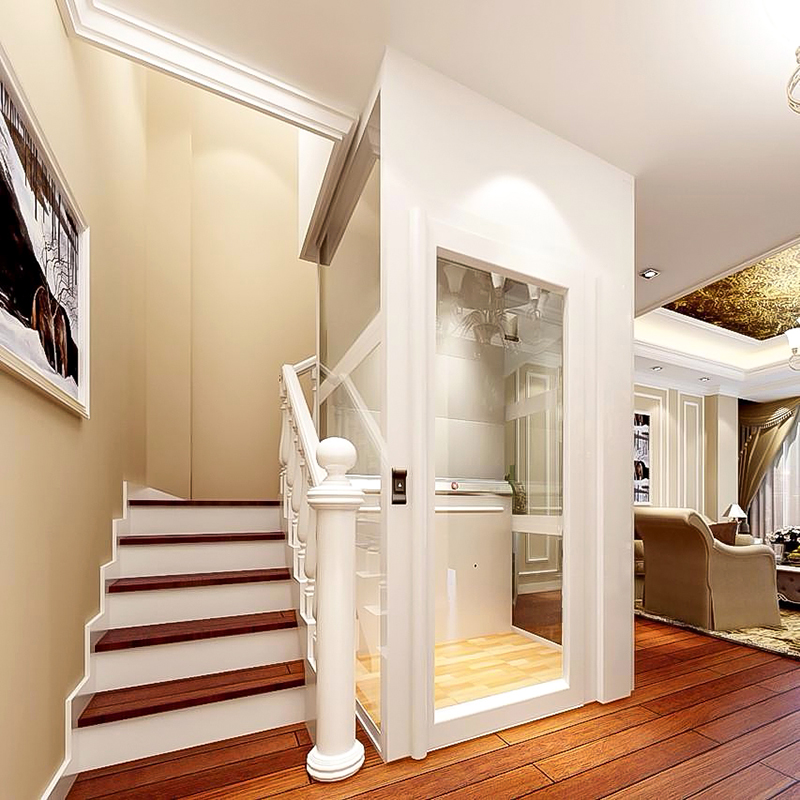
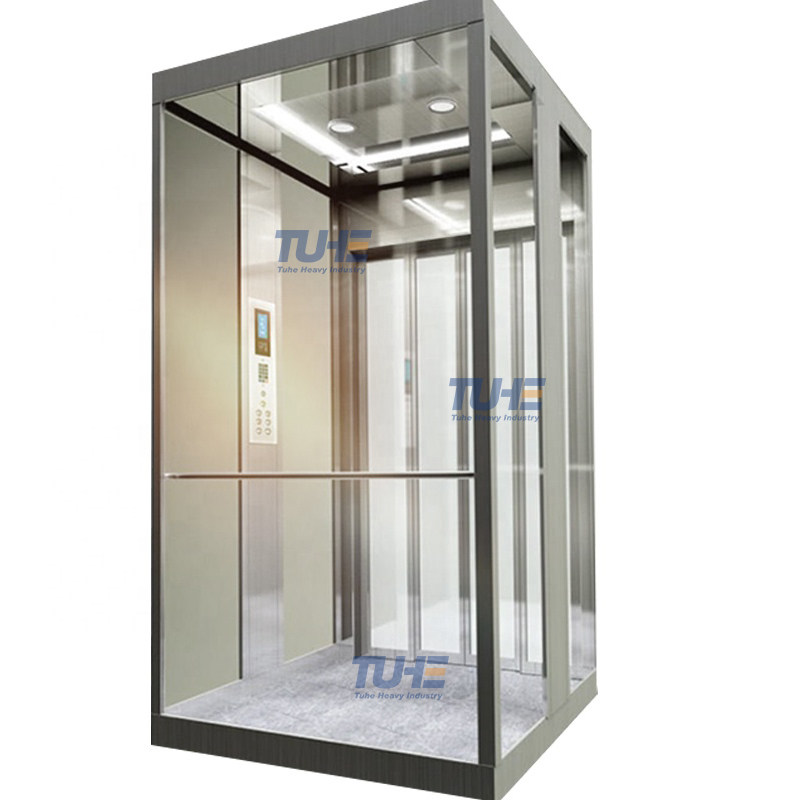
222.webp)
